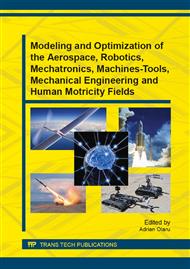p.759
p.765
p.773
p.781
p.787
p.799
p.805
p.811
p.816
Automated Random Testing of Image Processing Applications with Effectiveness Measure
Abstract:
Automating software testing process has remarkably reduced the cost of manual efforts and made testing considerably fast. Recently, image processing has been extensively used in different software applications and their significance implies a well-tested reliable system. Testing of these applications require semantically complex multidimensional image data. Whereas, the image databases are extremely large in size and testing of application on each image is not possible in constrained time. In order to meet these challenges, an automated testing tool is required which is capable of reporting bugs using a finite number of input images and can quantify its effectiveness on the basis of a coverage metric. In this paper, we present a tool IMTEST based on a novel technique to test image processing applications that aims to achieve high program coverage and capable to report bugs that manifest during testing process. It selects images randomly from an image database and gives input to the instrumented version of the code under test. The instrumented code replica is generated by our tool, inserting additional analysis code apart from original code. This allows us to measure the coverage achieved during program execution for a particular input image. A coverage vector is designed to record program coverage during iterative execution of instrumented program under test for different input images. Any unexpected program behavior is recorded as bug that manifests during testing process. A stopping criteria is used to conclude the testing in a considerable time duration. The tool is tested on real applications and the result shows that IMTEST reported real bugs which are reproducible with the specified images and is useful to improve software quality.
Info:
Periodical:
Pages:
787-795
Citation:
Online since:
June 2014
Authors:
Keywords:
Price:
Сopyright:
© 2014 Trans Tech Publications Ltd. All Rights Reserved
Share:
Citation:


